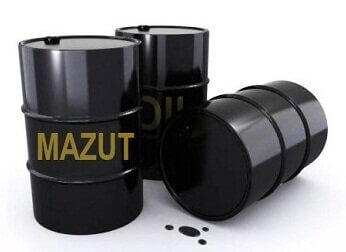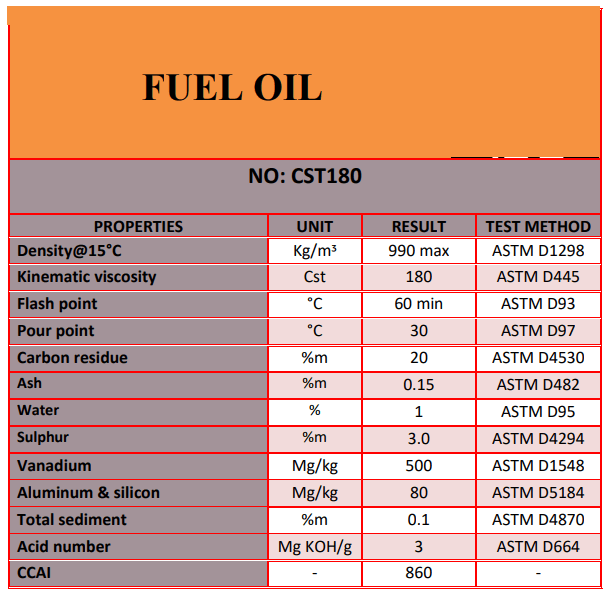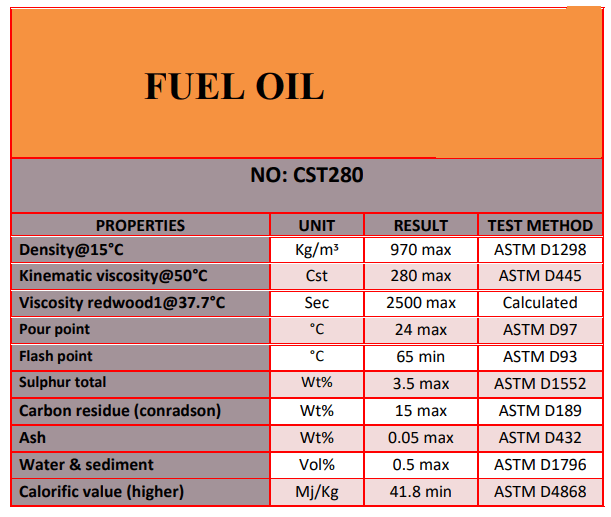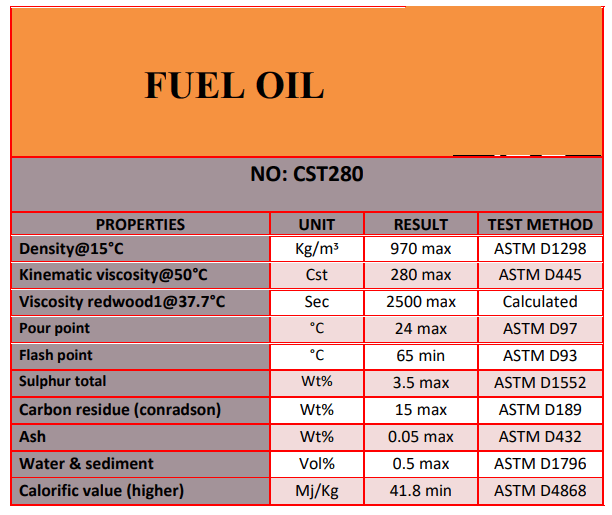Mazut

Mazut analysis



Mazut is a low quality heavy fuel oil that is used in production plants and similar applications. In the United States and Western Europe, fuel oil is mixed or decomposed and the end product is diesel
Mazut may be used to heat homes in the former Soviet Union and in countries in the Far East that do not have the facilities to combine or decompose it into conventional petrochemicals. In the West, stoves that burn fuel oil are commonly referred to as “waste oil” heaters or “waste oil” stoves
Mazut-100 Is a fuel oil that is produced in accordance with GOST specifications, for example GOST 10585-75 (not active), GOST 10585-99 fuel oil. Mazut is produced almost exclusively in the Russian Federation, Kazakhstan, Azerbaijan and Turkmenistan. This product is usually used for larger boilers in steam production because of its high energy value. The most important factor when grading this fuel is the sulfur content, which can be more affected by the source materials. For transportation purposes, this product is considered a “dirty oil” product, and because viscosity strongly affects its pumpability, transportation has unique requirements. Mazut is very similar to oil No. 6 (Bunker C) and is part of the products left over after the evaporation of gasoline and lighter components than crude oil.
Different types of Mazut-100
The main difference between the different types of Mazut-100 is in the sulfur content. Scores are shown with these sulfur levels
“Very low sulfur” is Mazut with 0.5% sulfur
“Low sulfur” is Mazut with a sulfur content of 0.5-1.0
“Ordinary sulfur” Mazut with a sulfur content of 1.0-2.0
“High sulfur” is Mazut with a sulfur content of 2.0-3.5
Very low sulfur fuel oil is generally made from the lowest raw material sulfur. It has a very small volume for export because:
The number of manufacturers in Russia is limited. The refineries that produce this product generally belong to the largest domestic oil companies such as Lukoil and Rosneft, etc
In Russia and the CIS, at least 50% of the total production volume is sold only to domestic consumers in Russia and the CIS
Most of the rest is saved by the government quota for government-controlled companies abroad
The remaining volume for export according to government quotas can only be sold to Russian domestic companies through government auctions.
Sulfur fuel oil is more or less available from Russia and other CIS countries (Kazakhstan, Azerbaijan, Turkmenistan). According to the Russian standard GOST 10585-99, the technical specifications are shown in the same way. Russia’s main Mazut demands higher prices.
Properties of Mazut-100
Fuel oil is the residue from the distillation of gasoline, lignin, kerosene and diesel from oil. Mazut may be used as a boiler fuel oil, in the preparation of distillation oils and residual oils, in cracking or hydrogenation processes to produce engine fuel (gasoline or diesel oil), and in the production of bitumen and coke, depending on its chemicals. to be used. The composition and properties of fuel oil are as follows:
Density, 890-1000 kg / m3 at 20 ° C
Combustion heat, 38-42 MJ / kg (9.100-10.000 kcal / kg)
Relative viscosity, 5 ° -15 ° at 50 ° C
Surface tension, 0.03-0.04 joules per square meter (30-40 erg / cm2) at 40 ° C)
Evaporation heat, 170-210 kJ / kg (40-50 kcal / kg)
Sulfur content, 0.8-3.5%
Resin content, up to 60%
Ash content, 0.1-0.5%
The fuel oil used for fuel in gas turbines should have the lowest amount of ash (ash should not contain more than 0.001% vanadium and 0.0005% sodium, which are harmful elements in terms of corrosion))
Other kid of Mazut
Fuel Oil CST 180
Fuel Oil CST 380
Low sulfur fuel oil
Low oil viscosity

